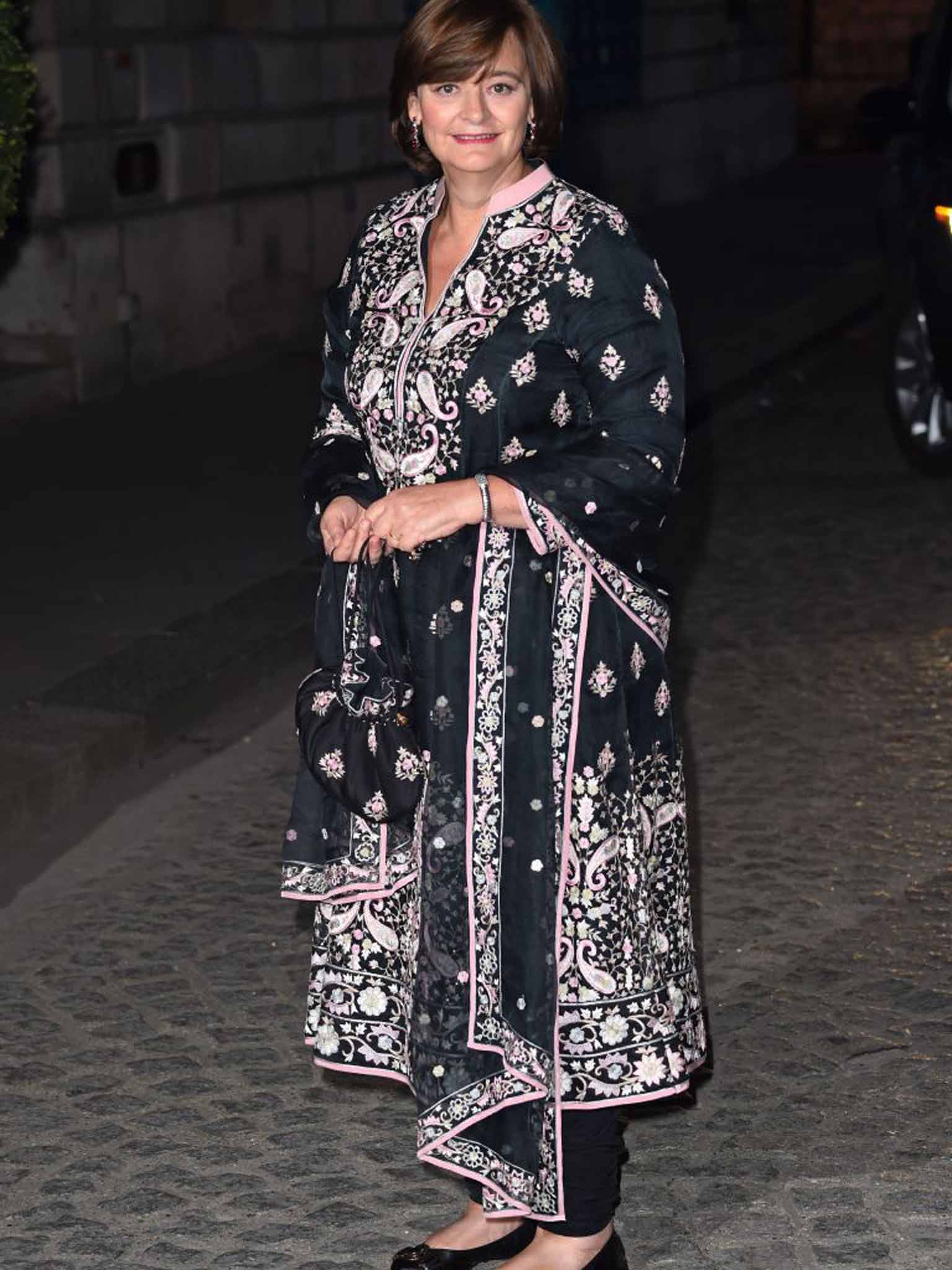Week 5
Annika R. Uyenco
 |
| https://coolhunting.com/culture/designer-han-feng-synthesis/ |
Asian influences and fashion in the western world has had a turbulent history. It is not a surprise that Asian influences were hard for the public to accept, especially with the media's portrayal of Asian culture and the many stereotypes that come along with it. Many associate Asian fashion with dragons and other stereotypical Asian features, subjecting Asian clothes to a niche of fashion. This can a frustrating struggle for Asian fashion designers who want make an impact in the west. However, Feng was able to use this racism to her advantage by transforming the current and narrow knowledge at the time and instead show the true beauty and history of Asia.
Another interesting story in this reading was designer Vivienne Tam who created a collection using images of Mao Zedong's face. The clothes were a satire to the late leader but not understood by those in the west. The clothes were funny to wear but the historical meaning behind them was not grasped. Those in the east were appalled and even became angry at store employees who displayed the clothes in the windows. Eventually though, people in the east accepted it and "...certainly many Hong Kongers wondered: ‘‘Is Mao funny?’’
Fashion is absolutely flexible and adaptable due to many ebbs and flows in cultural and political structures. It is natural that people and their desires influence fashion but we do not often think that clothes and what is considered "in fashion" can affect our opinions and perspectives.
Can you think of a time when fashion changed your opinion or perspective on a certain topic?

 Cherie Blair, the former British Prime Minister's wife, is well known for her obsession with Indian clothes.
Cherie Blair, the former British Prime Minister's wife, is well known for her obsession with Indian clothes.









